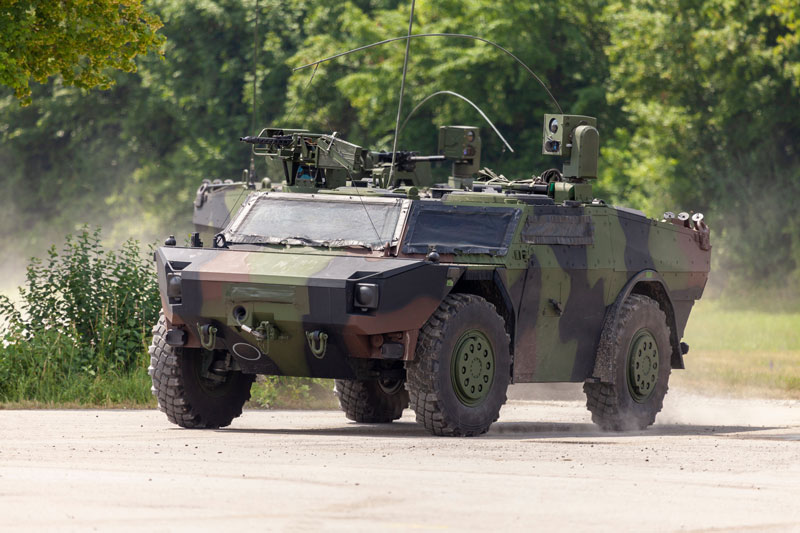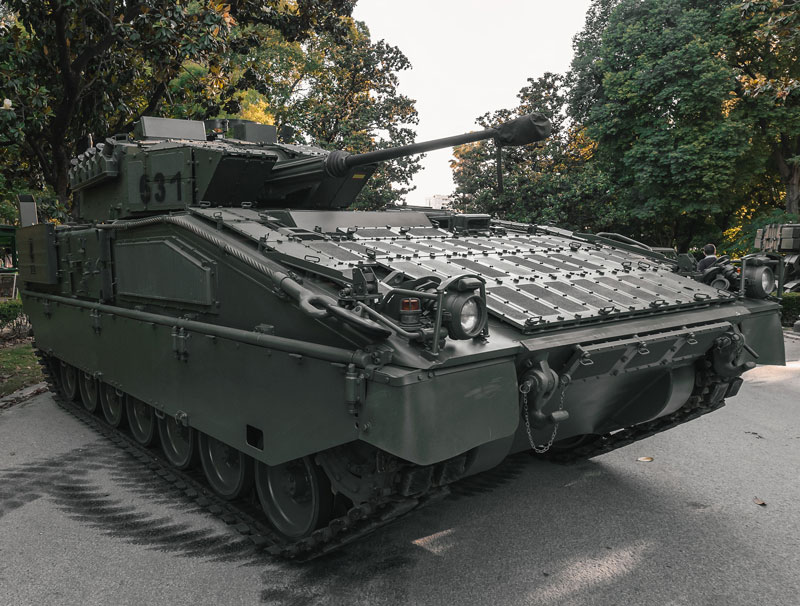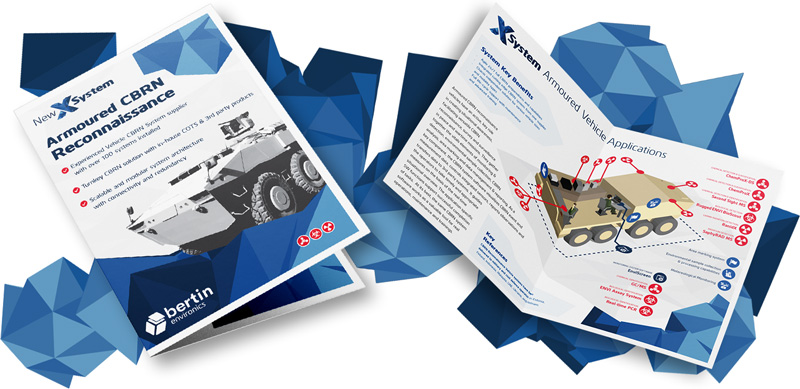The evolution of modern warfare has made the need for versatile and resilient reconnaissance units more critical then ever before. Light armoured reconnaissance vehicles (LARVs) play a pivotal role in gathering intelligence, providing early warning, and ensuring the safety of troops. Among their many capabilities, their role in CBRN (Chemical, Biological, Radiological, and Nuclear) reconnaissance is particularly vital.
What is Light Armoured Reconnaissance?
Light armoured reconnaissance involves the use of agile, lightly armoured vehicles designed to scout and gather information on enemy positions, terrain, and potential threats. These vehicles are equipped with advanced sensors, communication systems, and sometimes light weaponry to perform their tasks effectively. Their primary mission is to provide commanders with real-time intelligence, enabling informed decision-making and strategic planning.

This german infantry reconnaissance vehicle is a perfect example of what “light armoured reconnaissance” looks like.

This spanish AFV represents another take on armoured reconnaissance, that can be performed by any 6×6, 8×8 or ifv-class vehicle.
The Importance of CBRN Reconnaissance
CBRN threats pose unique challenges on the battlefield. These threats can come in the form of chemical agents, biological pathogens, radiological materials, or nuclear weapons. The consequences of encountering such threats unprepared can be catastrophic, making CBRN reconnaissance a crucial aspect of military operations.
Capabilities of CBRN-Equipped LARVs
Detection and Identification: CBRN-equipped LARVs are fitted with specialized sensors and detection systems capable of identifying hazardous substances. These systems can detect chemical vapours, biological agents, radiological particles, and nuclear radiation, providing early warning to troops.
Bertin Environics provides the X-System that detect the various threats and gives an early warning to the vehicle crew who then activate the vehicle CBRN filtering system and wear protective equipment when required. The ChemProX-DS detects chemical weapon agents and toxic industrial chemicals and handles communication to the vehicle systems. RanidX is the radiation detector capable of dose rate and dose calculation. ENVI BioScout detects the airborne biological threats.
The X-System combined with data from other sensors such as weather sensor, creates a full CBRN threat picture of the environment around the vehicle. The vehicles can also be equipped with SecondSight standoff chemical detection extending the detection range to up to 5 kilometres for chemical threats.
Protection: These vehicles are designed to protect their occupants from CBRN threats. They are equipped with air filtration systems, overpressure systems, and protective suits for the crew, ensuring they can operate safely in contaminated environments.
Decontamination: Some LARVs are equipped with decontamination systems that can neutralize or remove hazardous substances from personnel, equipment, and terrain. This capability is essential for maintaining operational effectiveness in contaminated areas.
Communication and Coordination: Effective CBRN reconnaissance requires seamless communication with command centres and other units. LARVs are equipped with advanced communication systems that allow for real-time data transmission and coordination, ensuring that information about CBRN threats is quickly communicated to mission commanders.
Real-World Applications
In recent conflicts and peacekeeping missions, CBRN-equipped LARVs have proven their worth. For example, during operations in areas with suspected chemical weapon stockpiles or damaged industrial facilities, these vehicles have been instrumental in detecting and mitigating threats, thereby protecting both military personnel and civilians.
Conclusion
Light armoured reconnaissance vehicles, especially those equipped for CBRN reconnaissance, are indispensable assets in modern military operations. Their ability to detect, identify, and respond to CBRN threats ensures that troops can operate safely and effectively in even the most hazardous environments. As technology continues to advance, the capabilities of these vehicles will only improve, further enhancing their role in safeguarding our forces and achieving mission success.
Would you like to know more?

Download the Armoured CBRN Reconnaissance Application Note and gain access to exclusive content on X-System when used in Light Armoured Reconnaissance vehicles.
Leave a Reply